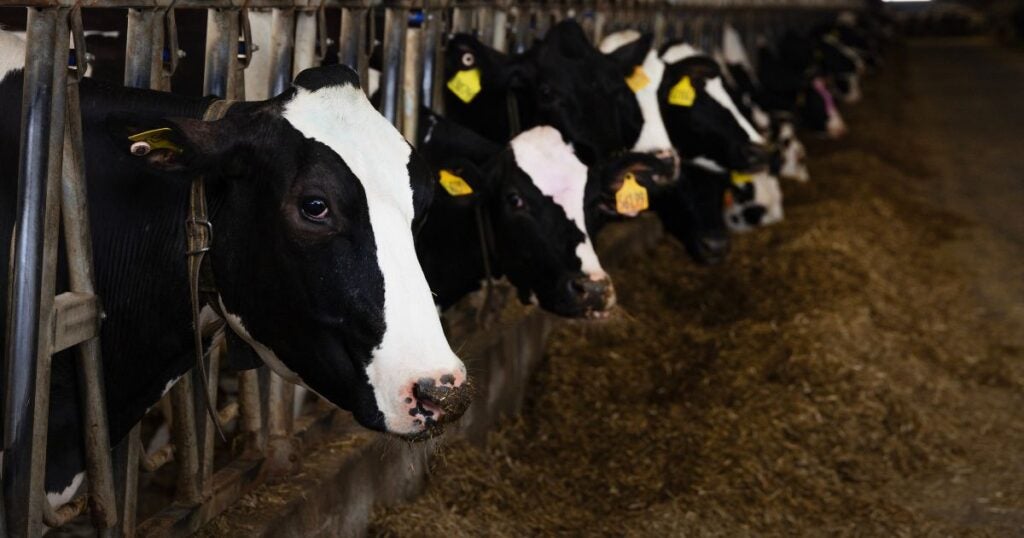As the U.S. works to cut greenhouse gas emissions 50% by 2030, the agriculture and forestry sectors have important contributions to make to reducing emissions and sequestering carbon, as well as building resilience to climate impacts that are already here.
A carbon bank run by the U.S. Department of Agriculture is one policy option to help increase and reward agriculture’s climate contributions. Although a carbon bank — broadly defined as a set of policy tools to direct funding to incentivize voluntary climate mitigation — has been the subject of heightened interest for the past several months, the concept remains amorphous because it’s new. USDA, Congress and impacted stakeholders are still figuring it out.
While the need to address climate change is urgent, it’s also essential to get a carbon bank right so that farmers, policymakers, carbon credit buyers and everyone who depends on a stable climate don’t lose faith in agricultural and forestry climate solutions.
Here are four ways that USDA can move forward on a carbon bank, even in the face of uncertainty, to leverage the power of farms and forests to mitigate and adapt to climate change. Read More »










